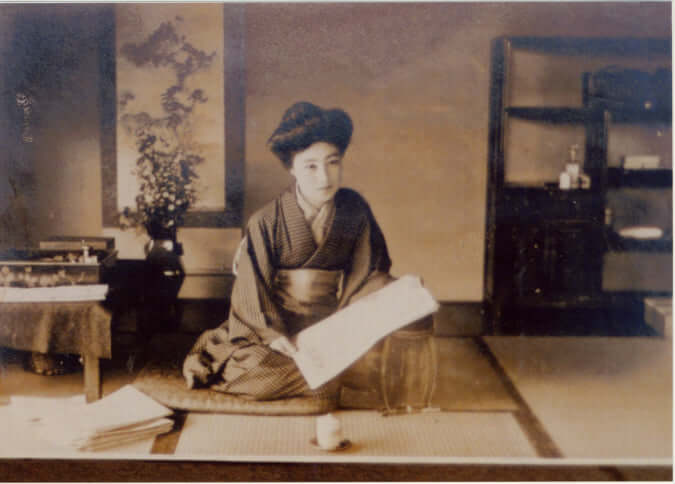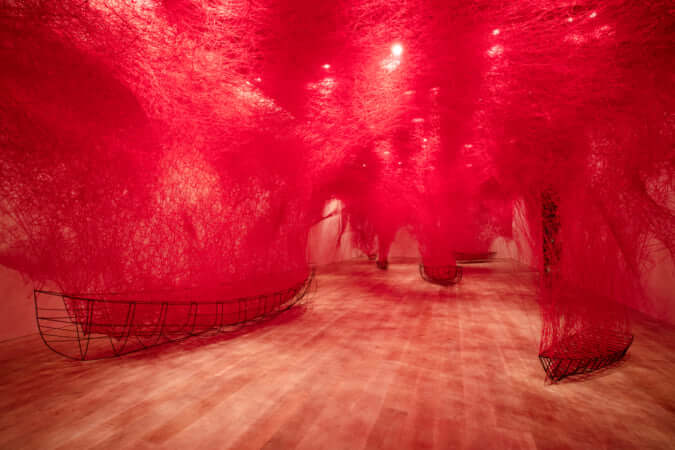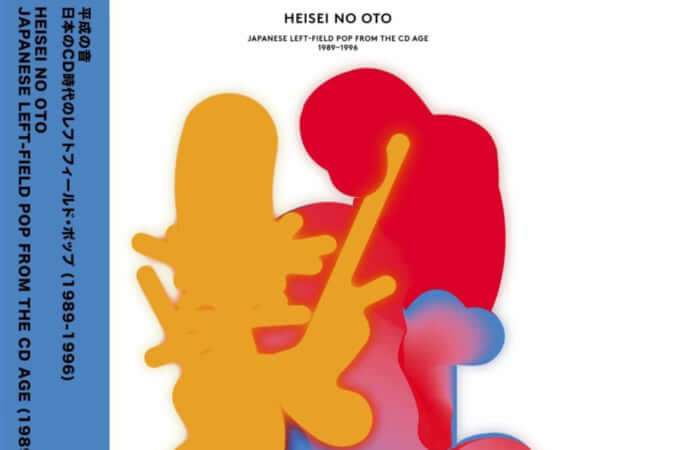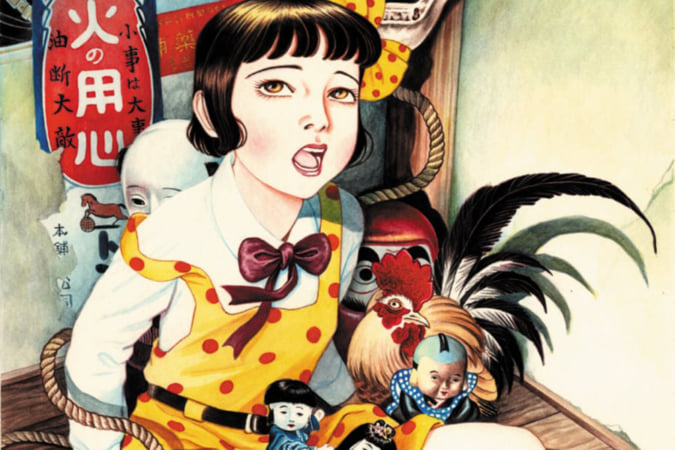J-Beauty Making its Mark in Europe
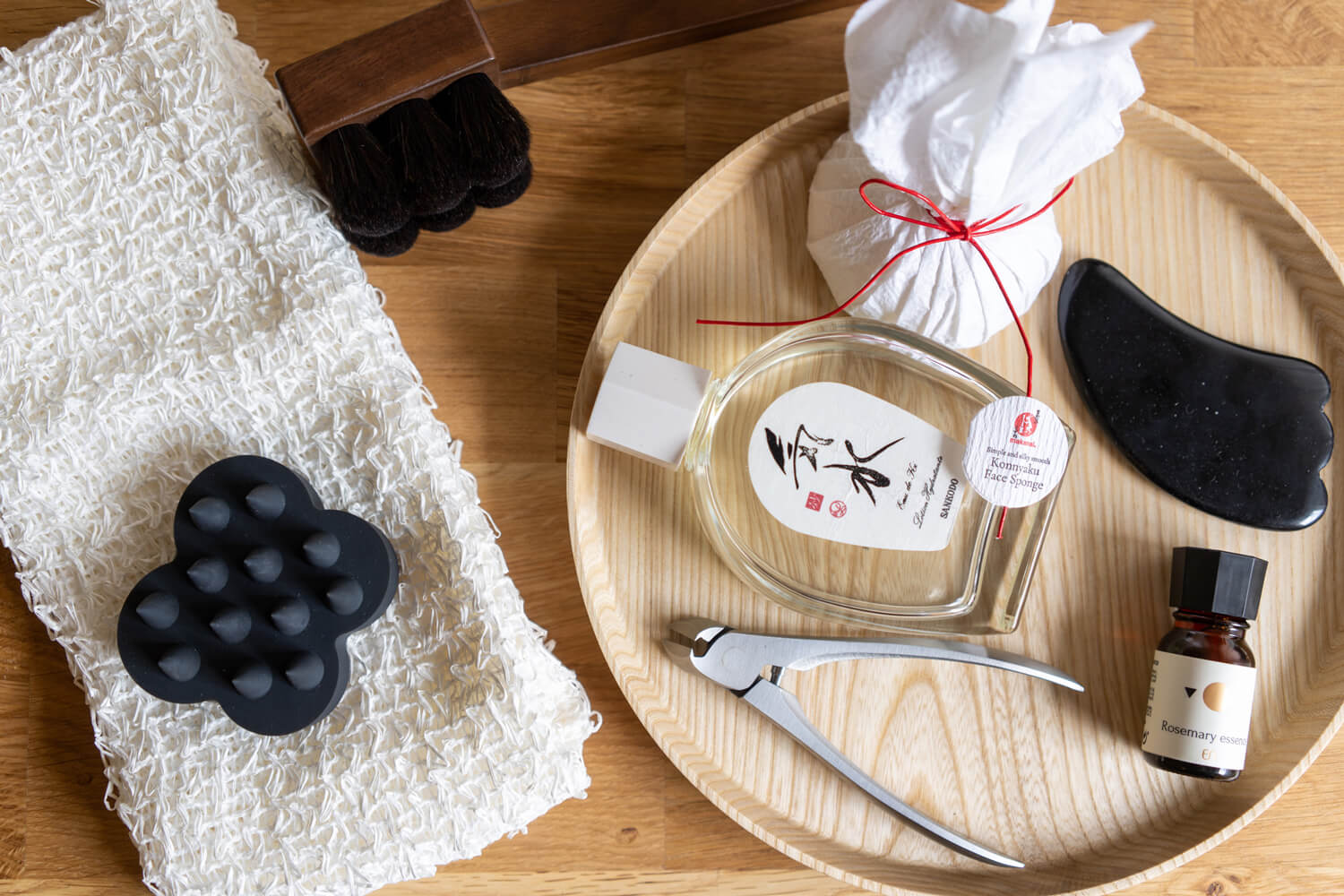
For a few years now, the craze for cosmetics from Asia has been going strong. Korean beauty products, or K-Beauty, are currently leading the race, but Japan is refusing to be beaten and has repositioned its market and products in order to win over the European market.
K-Beauty, with its attractive packaging and constant innovations, has gained popularity with young people over the past five years. A trendsetter, K-Beauty has established its single-use facemasks by using ingredients never found in European cosmetics, such as snail slime for its hydrating qualities. From rituals extending to a dozen different steps (requiring as many different products) to BB cream, a 3-in-1 product which combines the benefits of day cream and sunscreen with the coverage of foundation, K-Beauty has a solution for everything.
However, these new cosmetics are often not very natural, as they require use of cutting-edge technology. Known as ‘instant beauty’, they respond to problems via their targeted action, but don’t prevent them from returning. It’s therefore no surprise that an English analyst predicted in 2018 that J-Beauty would go on to gain greater popularity following on from K-Beauty.
“The key characteristic of Japanese beauty is to anticipate problems and then act over the long term”, explains Keiko Suyama, founder of Japanese beauty advice agency Dessigns. “The routines are simpler, with 5 or 7 steps as opposed to the 11 often found in K-Beauty”.
This simplicity is what might seduce Europeans, who are not so accustomed to longer beauty routines. The European market is also more orientated towards the natural and sustainable; these are major preoccupations that influence consumption habits in general. More mature and high-end, J-Beauty is certainly less of a bargain than K-Beauty, but it’s also more effective. It relies on longer laboratory test periods and ancestral knowledge, like Kobido massages. Brands such as Shiseido, Kose and Shu Uemura have made this their trade and have had counters in aisles of large stores in Europe for a long time now.
Some newcomers are also attempting to win the heart of European consumers, such as traditional brand Makanai, organic Ruhaku and Shiro, with ingredients from Hokkaido currently only available in the UK and the US. Their products are more mid-range and make use of idealised images of Japan and its standards of beauty, such as milky white skin and carmine lips. The packaging has also been revised and edited for the European market with an emphasis on minimalism, which instantly evokes a sense of zen associated with Japan.
J-Beauty has already won over a niche audience, which is a mark of its authenticity. Thanks to the work of Keiko Suyama, these brands which have only recently arrived on the European market come together regularly in Paris, in a pop-up shop named Bijo (Japanese for ‘beautiful woman’), which can be found in Le Bon Marché until 8th September.
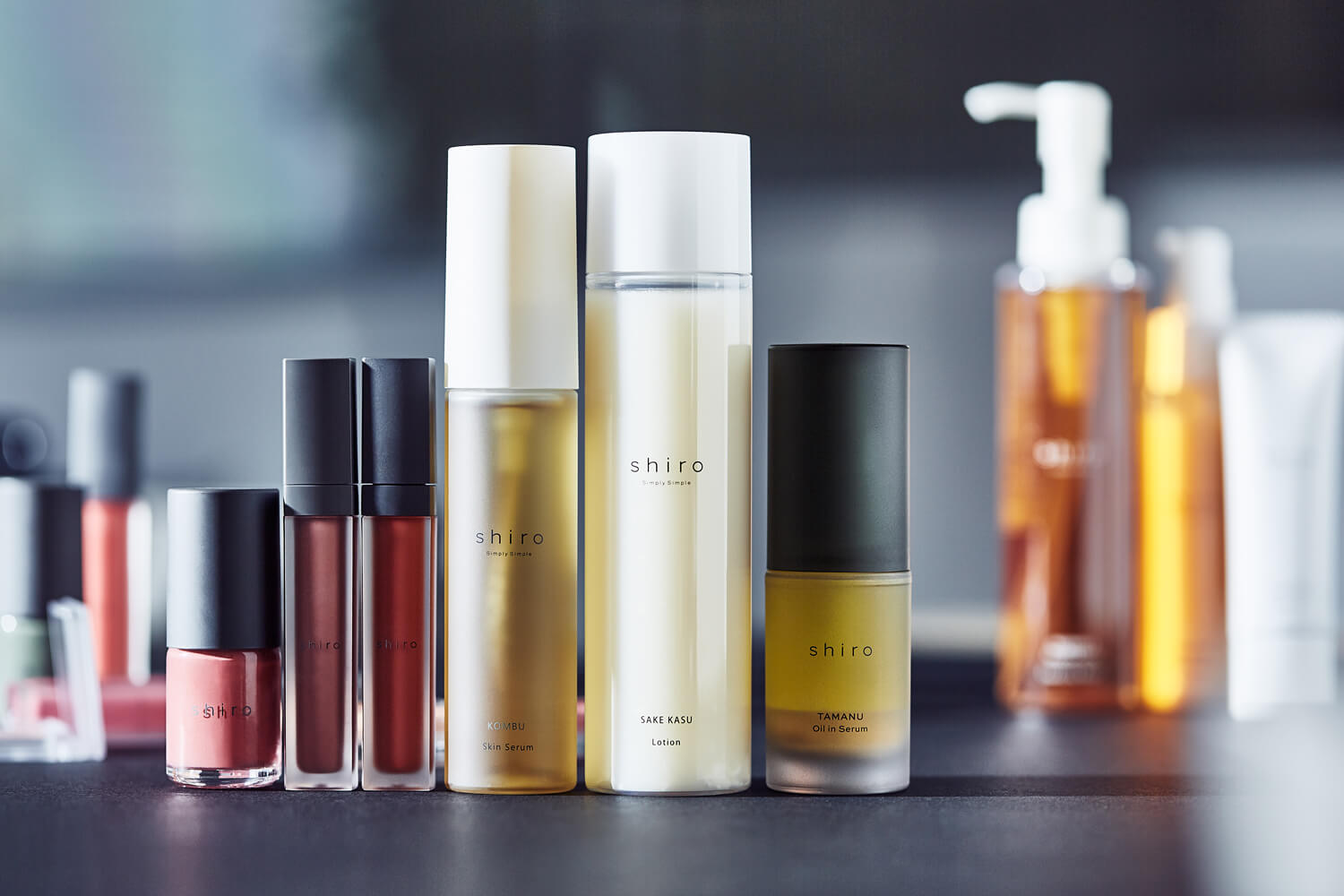
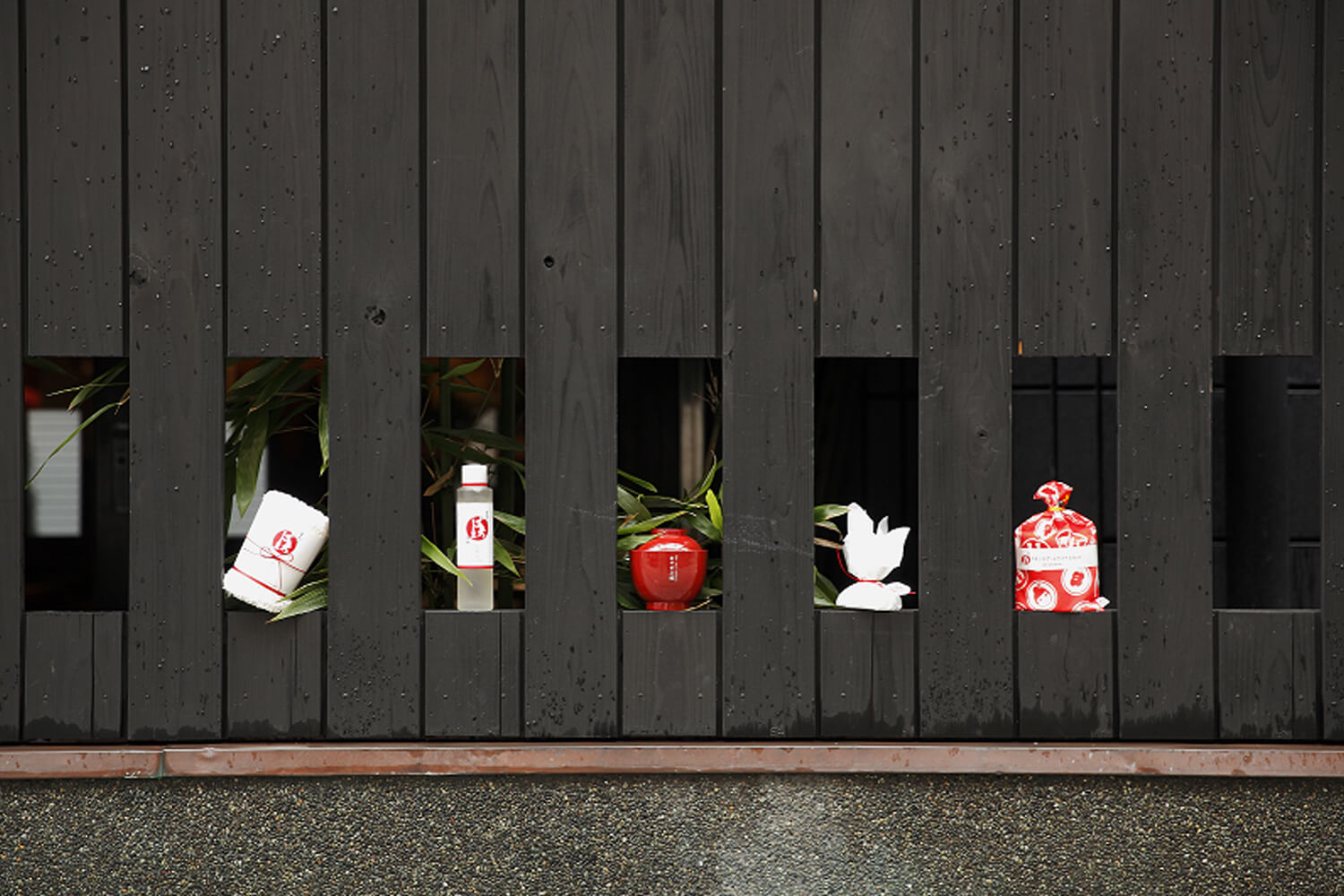
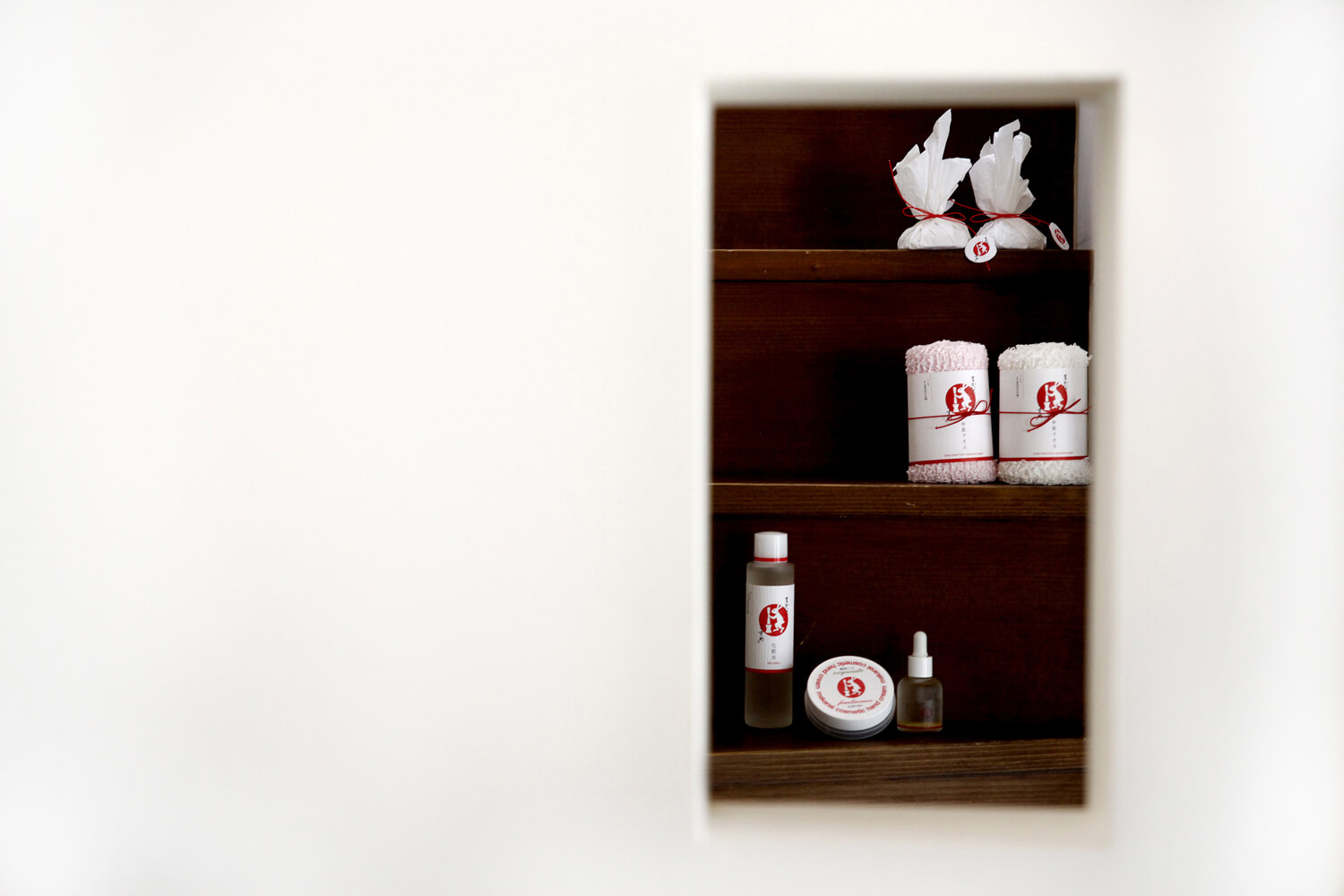
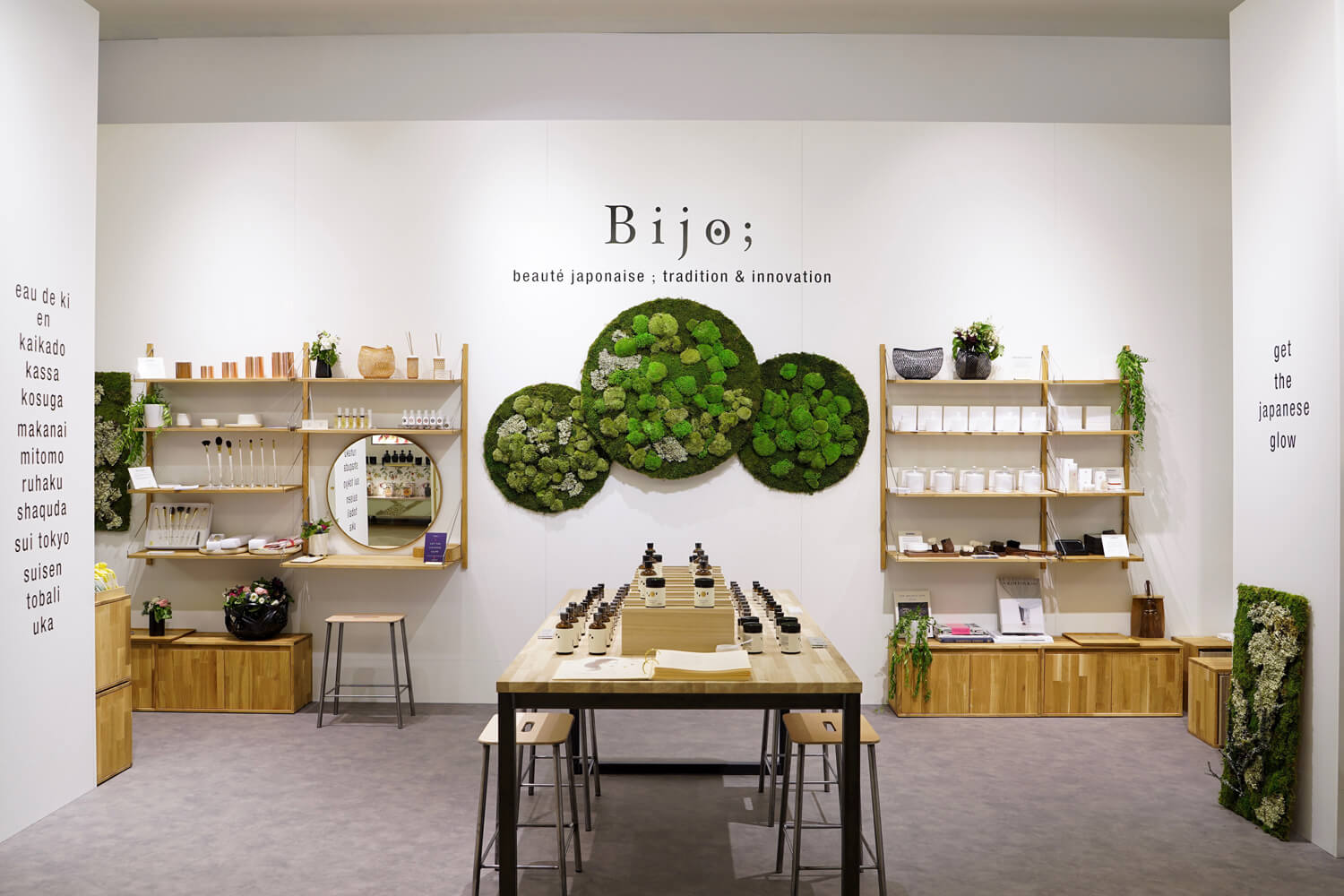
TRENDING
-
The Tattoos that Marked the Criminals of the Edo Period
Traditional tattoos were strong signifiers; murderers had head tattoos, while theft might result in an arm tattoo.

-
The Story of Sada Yacco, the Geisha who Bewitched Europe
Described by Dazed magazine as the first beauty influencer, she has been restored to her former glory since 2019.

-
Chiharu Shiota, Red Threads of the Soul
Last year, more than 660,000 people visited the retrospective 'Chiharu Shiota: The Soul Trembles' exhibit at the Mori Art Museum.

-
Japanese Left-field Pop From The CD Age, 1989-1996
‘Heisei No Oto’, a compilation of hidden gems in the unspoken depths of Japanese pop, reveal blissful moment of technological possibility.

-
‘Shojo Tsubaki’, A Freakshow
Underground manga artist Suehiro Maruo’s infamous masterpiece canonised a historical fascination towards the erotic-grotesque genre.


